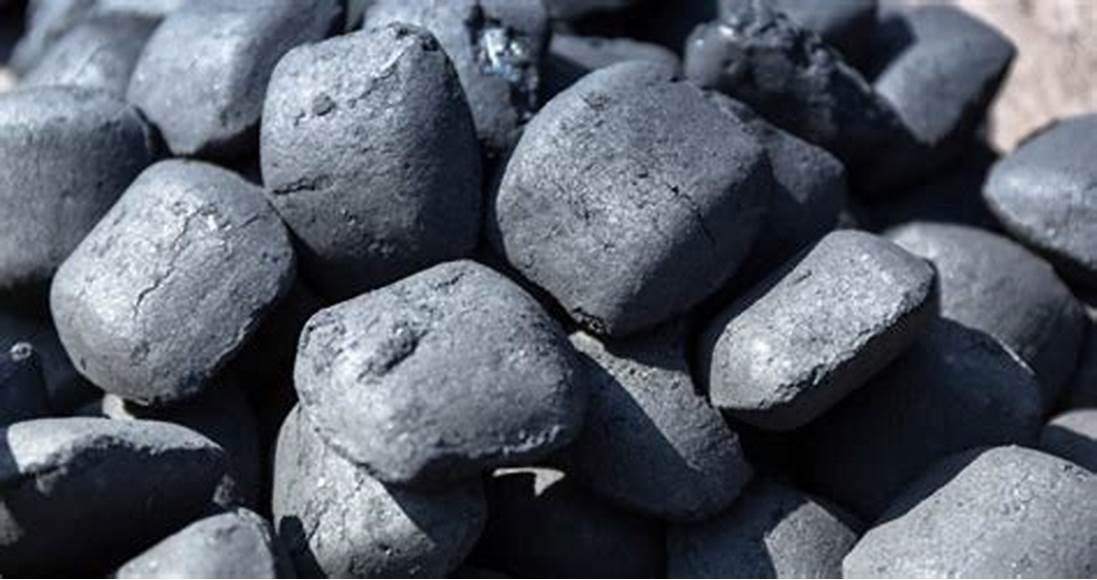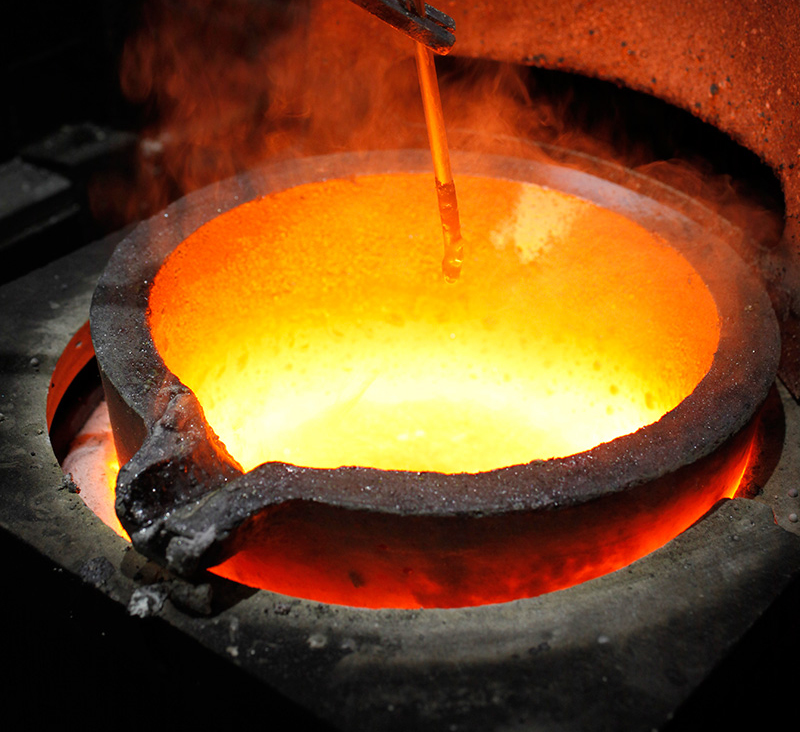In the ever-evolving landscape of sustainable technologies, biochar pyrolysis has emerged as a promising strategy for maximizing metal yields in the context of resource extraction. This innovative approach combines principles of biochar production and pyrolysis to not only enhance metal recovery but also contribute to environmentally friendly mining practices. In this comprehensive exploration, we delve into the intricacies of biochar pyrolysis machine, its applications in metal extraction, and the strategies employed to optimize metal yields.

Understanding Biochar Pyrolysis
Biochar pyrolysis involves the controlled heating of organic materials, such as agricultural residues, forestry waste, or other biomass, in the absence of oxygen. This process leads to the conversion of these materials into biochar—a carbon-rich, porous substance with a high surface area. The unique properties of biochar make it an excellent candidate for facilitating metal extraction.
The Synergy of Biochar and Pyrolysis
The combination of biochar and pyrolysis creates a synergistic effect that enhances the efficiency of metal extraction. Biochar acts as a sorbent, with its porous structure providing ample surface area for metal ions to bind. Meanwhile, pyrolysis facilitates the breakdown of organic matter within the biomass, releasing volatile compounds and leaving behind a carbon-rich residue—the biochar. The portable biochar maker can be used on small scale.
Key Metals Targeted for Extraction
Biochar pyrolysis has shown promise in the extraction of various metals, including but not limited to copper, nickel, zinc, and lead. These metals are often present in ores and waste materials, and biochar pyrolysis offers a sustainable and economically viable method for their recovery.

Optimizing Metal Yields: Strategies and Techniques
Feedstock Selection and Preparation
The choice of feedstock significantly influences the success of biochar pyrolysis for metal extraction. Optimal feedstocks are rich in organic matter and possess properties that enhance metal sorption. Agricultural residues, wood chips, and certain types of algae have shown promise in various studies.
Pyrolysis Conditions
Fine-tuning the pyrolysis conditions is critical for maximizing metal yields. Factors such as temperature, heating rate, and residence time play pivotal roles in determining the quality of biochar and its metal-binding capacity. Experiments and modeling studies help identify the optimal pyrolysis conditions for specific metal recovery objectives.
Activation Processes
Post-pyrolysis, activation processes can further enhance the metal-binding capabilities of biochar. Chemical activation using acids, bases, or other activating agents can modify the surface chemistry of biochar, creating more binding sites for metal ions. This step is crucial for tailoring biochar properties to the specific metals targeted for extraction.
Synergistic Technologies
Integrating biochar pyrolysis with other complementary technologies can boost metal yields. Techniques such as solvent extraction, ion exchange, and electrochemical methods can work synergistically with biochar pyrolysis to enhance the overall efficiency of metal recovery.
Recycling and Regeneration
A sustainable approach involves the recycling and regeneration of biochar. Once saturated with metals, biochar can be subjected to regeneration processes, such as washing with mild acids, to release the bound metals and restore the biochar’s sorption capacity for repeated use.
Environmental and Economic Implications
One of the primary advantages of charcoal production equipment for metal extraction is its environmentally friendly nature. Compared to conventional mining and extraction methods, biochar pyrolysis produces lower emissions and reduces the environmental impact associated with metal mining. Additionally, the use of biomass feedstocks contributes to carbon sequestration, mitigating the carbon footprint of metal extraction processes.
Furthermore, the economic feasibility of biochar pyrolysis is gaining recognition. The abundance of agricultural and forestry residues provides a cost-effective source of feedstock. The scalability of biochar pyrolysis processes makes them suitable for both large-scale industrial applications and smaller, decentralized operations.
Case Studies and Success Stories
Several case studies and success stories highlight the real-world application of biochar pyrolysis for maximizing metal yields. From copper-rich mining tailings to zinc-contaminated soils, biochar pyrolysis has demonstrated its versatility and efficacy across various metal recovery scenarios.
Challenges and Future Directions
While biochar pyrolysis shows great promise, challenges remain, including the need for standardized protocols, scalability concerns, and addressing potential issues related to metal leaching. Ongoing research aims to address these challenges and further optimize biochar pyrolysis for diverse metal extraction applications.
Conclusion
Biochar pyrolysis stands at the forefront of sustainable technologies for maximizing metal yields in resource recovery. Its ability to synergize biochar’s sorption properties with the thermochemical processes of pyrolysis opens new avenues for environmentally friendly and economically viable metal extraction. As research and innovation in this field continue to progress, biochar pyrolysis is poised to play a pivotal role in shaping the future of sustainable mining practices and resource management.